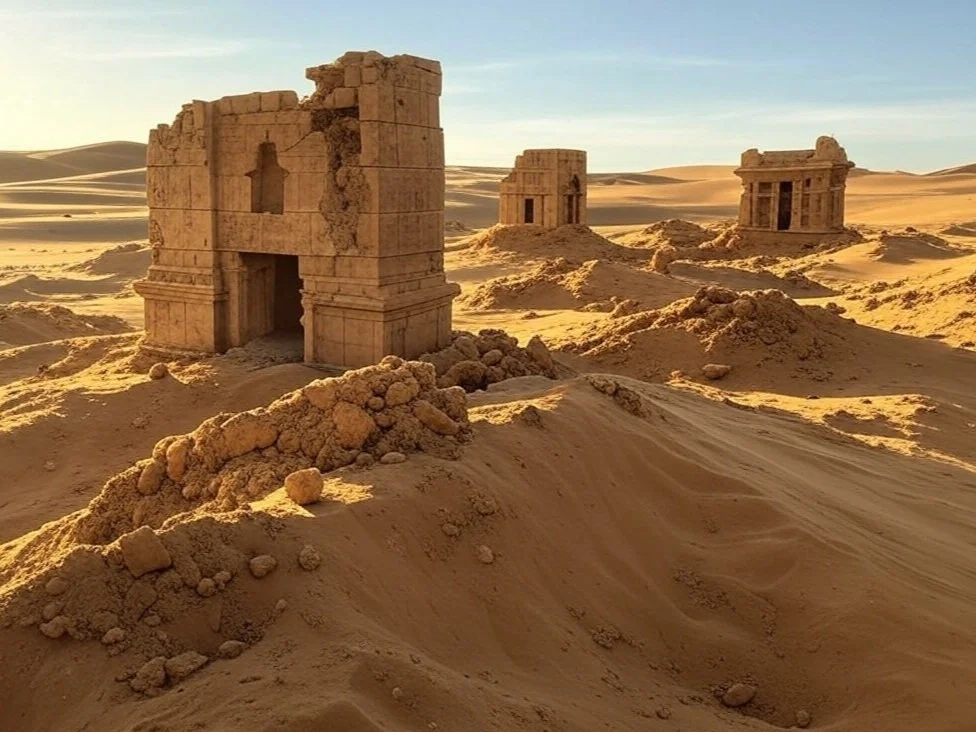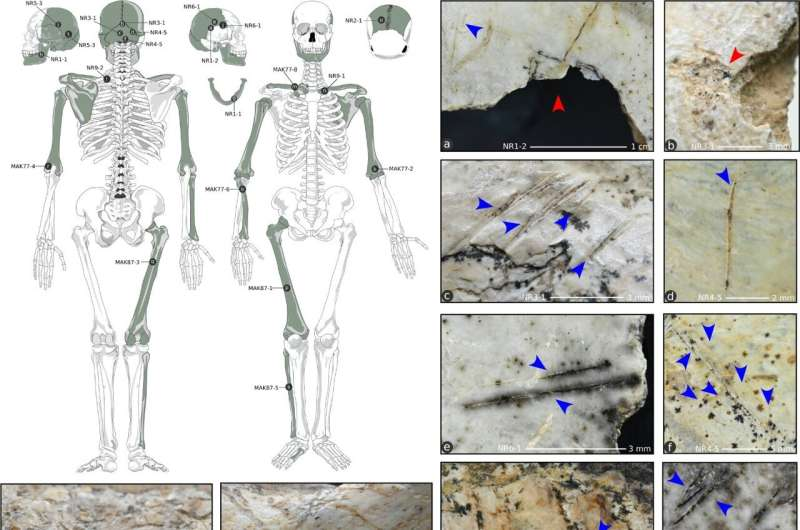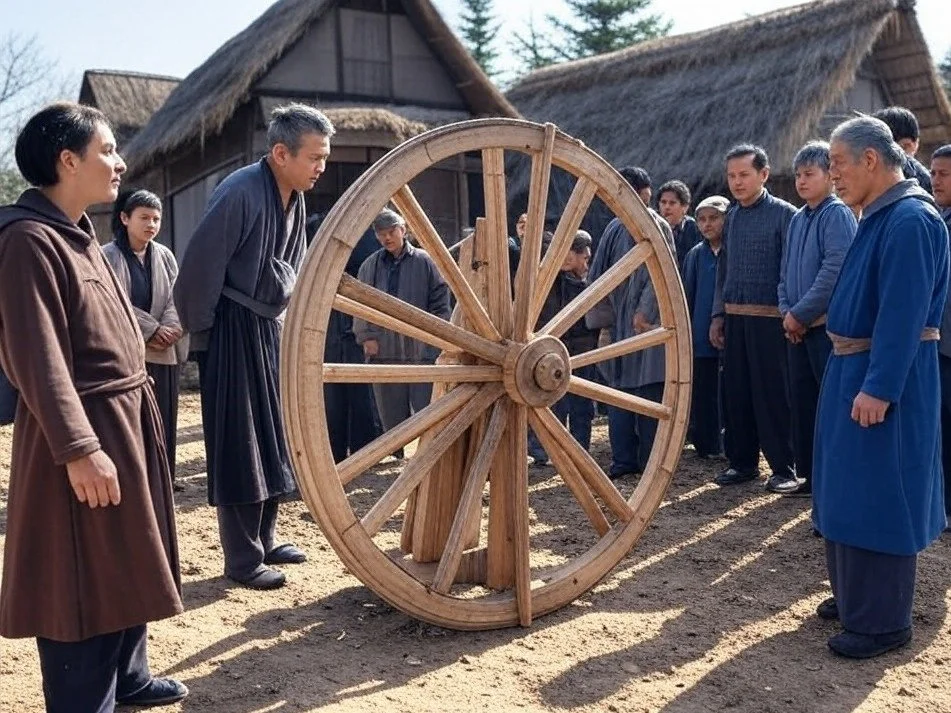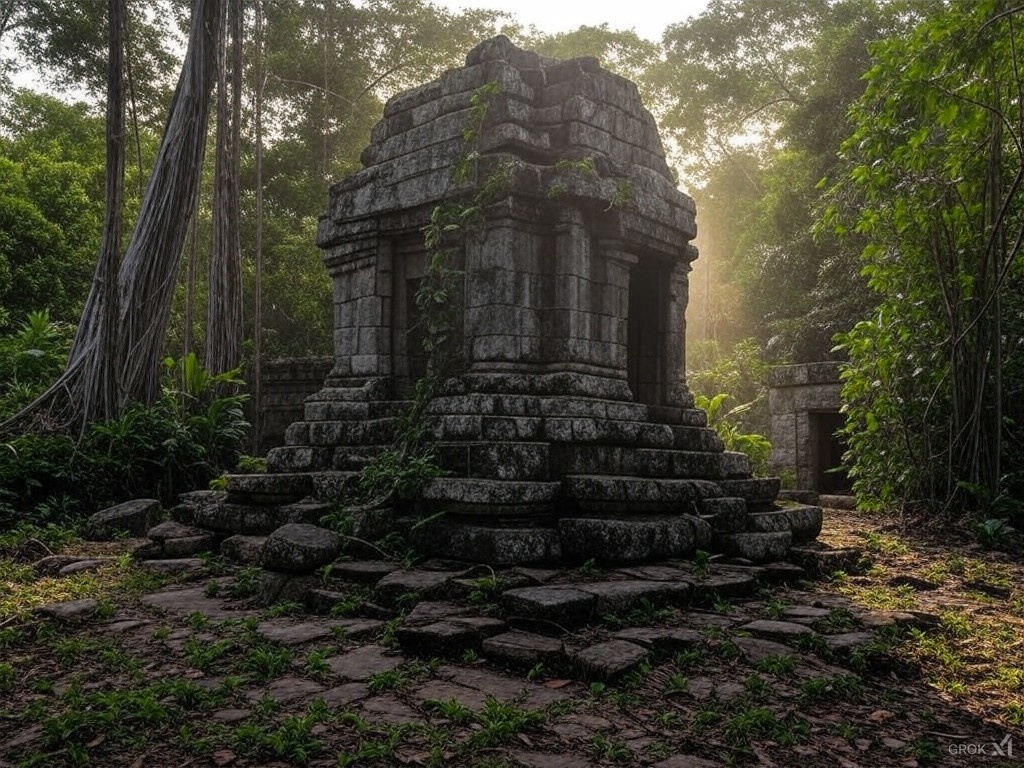The lost city of Ubar, often referred to as the "Atlantis of the Sands," has long captivated the imaginations of historians, archaeologists, and adventurers. Mentioned in ancient texts and folklore, Ubar was believed to be a wealthy and powerful trading hub that mysteriously vanished into the desert. Its rediscovery in the late 20th century, aided by modern technology and satellite archaeology, has shed light on its historical significance and the advanced civilization that once thrived there.
Historical Importance: A Legendary Trading Hub
Ubar's historical importance is rooted in its role as a major center of trade and culture in the ancient world. The city is often associated with the ancient kingdom of ʿĀd, mentioned in the Quran and other historical texts.
Ancient References
Quranic Accounts: The Quran describes the people of ʿĀd as a powerful and prosperous civilization that was ultimately destroyed due to their arrogance and disregard for divine warnings. Ubar is often linked to this legendary kingdom.
Classical Sources: Greek and Roman historians, such as Pliny the Elder and Ptolemy, referred to a city called "Omanum Emporium" or "Iram of the Pillars," which is believed to be Ubar. These accounts highlight its significance as a trading center.
Arabian Folklore: Arabian folklore and poetry also mention Ubar, portraying it as a city of immense wealth and splendor that met a tragic end.
Trade and Economy
Frankincense Trade: Ubar was a key node in the ancient frankincense trade route, which connected the Arabian Peninsula with the Mediterranean, Mesopotamia, and India. Frankincense, a highly prized resin used in religious rituals and medicine, was a major source of wealth for the region.
Cultural Exchange: As a bustling trade hub, Ubar facilitated cultural exchange between the Arabian Peninsula, the Near East, and beyond. This exchange influenced art, architecture, and religious practices in the region.
The Rediscovery of Ubar: A Modern Archaeological Triumph
The rediscovery of Ubar in the late 20th century was a significant achievement in the field of archaeology, made possible by the integration of traditional methods and modern technology.
Early Explorations
19th and Early 20th Centuries: Early explorers, such as Bertram Thomas and T.E. Lawrence (Lawrence of Arabia), sought to locate Ubar based on historical accounts and local legends. However, their efforts were hampered by the harsh desert environment and lack of precise information.
Nicholas Clapp's Expedition: In the 1980s, American filmmaker and amateur archaeologist Nicholas Clapp led an expedition to search for Ubar. Collaborating with geologist Dr. Juris Zarins and using satellite imagery, Clapp identified potential sites in the Rub' al Khali desert (the Empty Quarter) of Oman.
Role of Satellite Archaeology
Remote Sensing: Satellite imagery played a crucial role in locating Ubar. By analyzing images from NASA's Landsat program, researchers identified ancient caravan routes and geological features that indicated the presence of a large settlement.
Ground Penetrating Radar: Ground-penetrating radar (GPR) and other geophysical techniques were used to map subsurface structures, revealing the layout of the ancient city and confirming its identity as Ubar.
Archaeological Findings
Fortress and Structures: Excavations uncovered the remains of a large fortress with eight towers, surrounded by walls and gates. The fortress is believed to have been the central hub of Ubar, serving as a residence for the elite and a storage facility for trade goods.
Artifacts: Numerous artifacts, including pottery, coins, and tools, were found at the site. These items provide insights into the daily life, trade practices, and cultural connections of Ubar's inhabitants.
Collapse and Abandonment: Evidence suggests that Ubar's decline was due to a combination of factors, including the collapse of the frankincense trade, environmental changes, and the shifting of trade routes. The city's eventual abandonment and burial under the sands contributed to its legendary status.
Conclusion
The rediscovery of Ubar, the so-called Atlantis of the Sands, is a testament to the power of modern technology and interdisciplinary collaboration in archaeology. Satellite imagery and remote sensing techniques have revolutionized the way we explore and understand ancient civilizations, bringing lost cities like Ubar back into the light of history.
Ubar's historical importance as a major trading hub and cultural center underscores the interconnectedness of the ancient world. Its rise and fall offer valuable lessons about the impact of environmental changes, economic shifts, and human resilience. As we continue to study and preserve the remains of Ubar, we gain a deeper appreciation for the rich and complex history of the Arabian Peninsula and the enduring legacy of its ancient civilizations. The story of Ubar reminds us that even the most legendary and elusive cities can be rediscovered, offering new insights into our shared human heritage.







